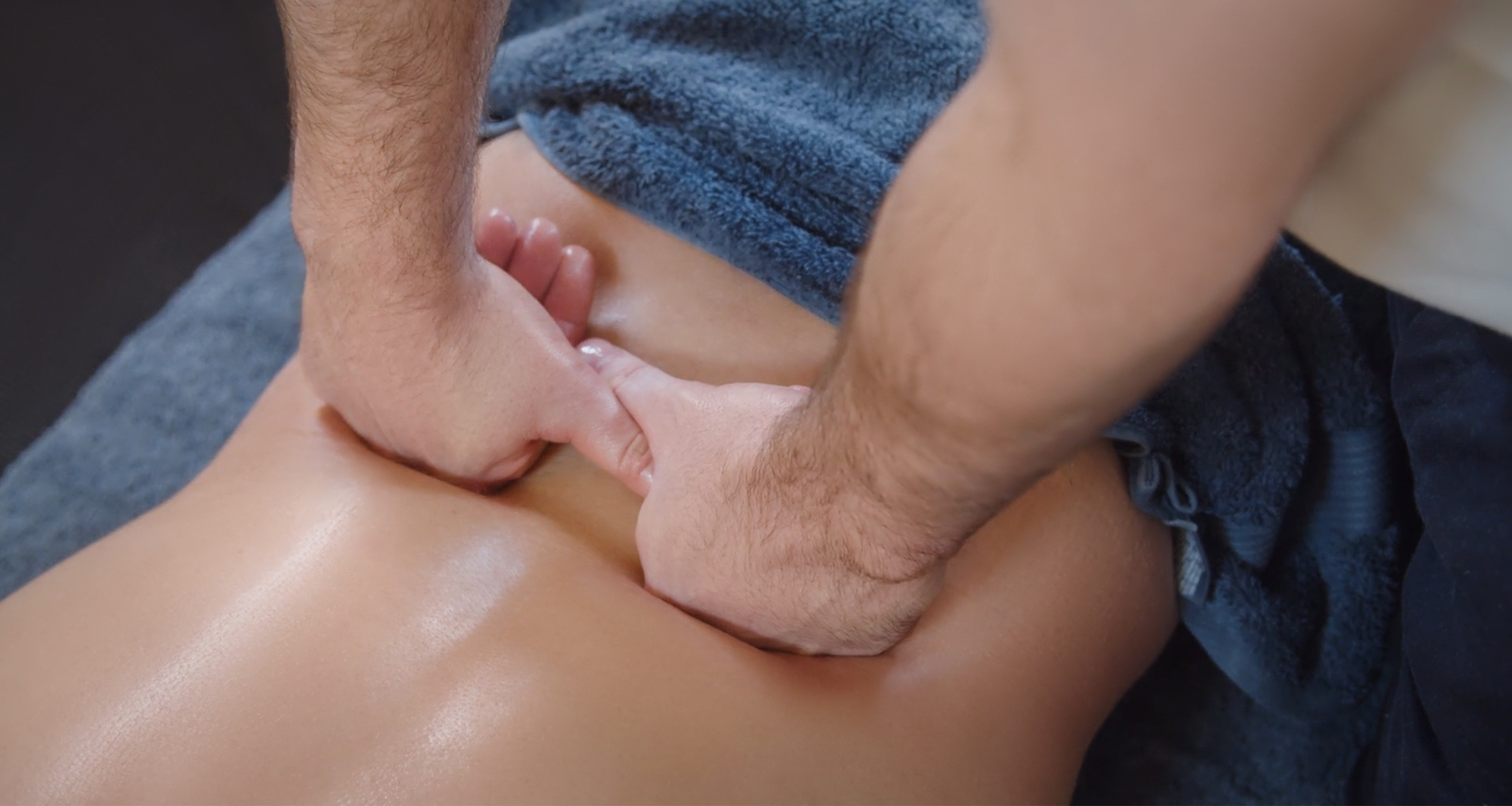Unfortunately there is a lot of misinformation when it comes to back pain, even with decades of medical/scientific research showing that the majority of our daily aches and pains are not related to spinal alignment, arthritis, disc degeneration etc… there are professionals who will use this very outdated concept by getting their patients to commit to long term and unnecessary “corrective care plans” to “realign their spine”, this has more to do with the financial benefits of over servicing and over treating back pain clients rather than health outcomes, sometimes the results are so woefully ineffective back pain sufferers may need to get regular treatment for months, even a broken bone will heal after 6-8 weeks! Does it make sense for a back strain or muscle tension to require months of treatment?
In this article I will give three common examples of when pain is felt and what relieves it, which dispels the myth of your back pain being a result of structural issues with your spine.
The good news is, the vast majority of back pain is not too difficult to manage with a patent focused, evidence based approach, with most responding in only 2-4 treatments.
Pain first thing in the morning then eases after 30-60 minutes
When we are sleeping our blood will go to the organs and structures that are metabolic active, such as our brains, heart, liver and kidneys. when you first get up in the morning, wherever there is the most tension in your muscles, that’s where you may notice the lack of blood supply/circulation the most, as you get up and move around, have a warm shower this naturally increase’s circulation to those area’s and the muscles will become more relaxed and less sensitive to movement. It’s not a matter of your spine magically realigning itself or your discs regenerating again after you get some movement and some warmth on your muscles.
Pain when sitting, then relieved when standing.
There have been studies that looked at the activity on the spinal erector muscle group, (the two large columns of muscle on either side of the spine) which showed increase activity when sitting and also showed decreases activity/relaxation when standing. This is potentially why many people will feel tense and uncomfortable when sitting as this increases the activity/tension in the spinal muscles, which limits blood flow, then leads to an increase in lactic acid in the muscles, hence why the muscles feel uncomfortable and achy, if you were to hold a light fist, the muscles in your forearm would feel similar to the muscles of your spine, tired, tense and achy.
Often the tension is eased when standing as other muscles are recruited and the spinal erectors can relax. As it’s the muscles that control and coordinate your bodies posture, if a change in your posture eases/aggravates your pain it’s safe to assume it likely a muscle problem rather than a structural problem.
Emotional stress causes increase in pain.
There is a part of your nervous known as the parasympathetic nervous system which regulates your stress, one way it’s going to do that is cause your muscles to tighten in anticipation of “fight or flight” . If you are already tense in certain muscles or body parts, this increase in the fight or flight response will highlight that tension, making you more susceptible to pain and discomfort on those areas. Without sounding like a broken record, your spine doesn’t just go in and out of alignment based on your current emotional state, hence if alignment was an issue it would be independent of your stress levels.
If you’re looking for an evidence based and wholistic approach to your back pain that prioritises your recovery and wellbeing rather than misleading and deceiving you in to thinking you need months of treatment to realign your spine, book in to see Kieran today.


